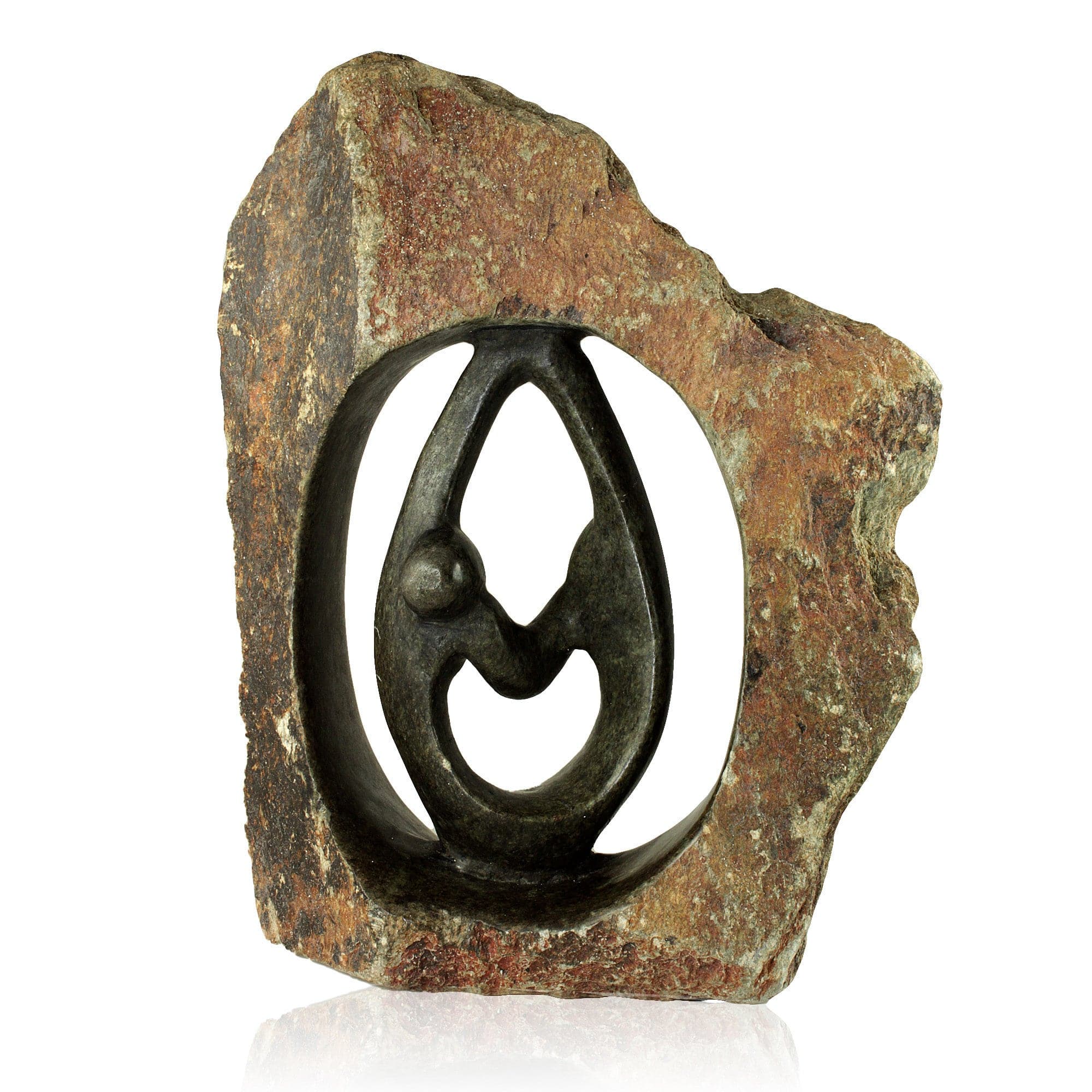Bronze Legacy: How Dedan Kimathi's Statue Embodies Resistance

Bullets failed to silence his revolution, and Kenya immortalized him in bronze. Dedan Kimathi—warrior, freedom fighter, and symbol of Black resistance—stands tall in downtown Nairobi, his statue a physical reminder that liberation requires sacrifice.
The Man Behind the Monument
Unlike the sanitized narratives of independence movements, Kimathi represents the raw backbone of Kenya's struggle against British colonialism. As a leader of the Mau Mau rebellion in the 1950s, he took to the forests, organizing guerrilla warfare while Jomo Kenyatta worked diplomatic channels. The two faces of resistance—one in the battlefield, one in negotiations—ultimately secured Kenya's freedom.
But who was Dedan Kimathi before he became a bronze sentinel watching over Nairobi's streets?
Born in 1920 in Central Kenya, Kimathi grew up witnessing firsthand the displacement of his people from their ancestral lands by British colonial settlers. This early exposure to injustice shaped his worldview and planted the seeds of resistance that would later define his life's purpose.
By the early 1950s, Kimathi had risen to become a prominent leader in the Land and Freedom Army (known to colonizers as "Mau Mau"). His tactical brilliance allowed his fighters to control significant portions of the Aberdare Forest, creating a persistent threat that the mighty British Empire could not easily eliminate.
The Artistic Vision
The bronze statue, unveiled in 2007 at the busy intersection of Kimathi Street and Mama Ngina Street in Nairobi's central business district, stands as a powerful counterpoint to colonial narratives. Rising nearly 20 feet high on its granite pedestal, this commanding sculpture draws the eye upward—a fitting metaphor for the elevated ideals Kimathi fought to uphold.
Created by Kenyan sculptors Samuel Wanjau and his son Jackson Wanjau, the artwork portrays Kimathi in his characteristic dreadlocks and military fatigues, clutching a rifle—an unapologetic representation of armed resistance against oppression.
The father-son collaboration behind this monument adds layers of meaning to an already powerful work. Samuel Wanjau, the elder sculptor, began his artistic journey carving traditional wooden pieces during the 1950s—the very era when Kimathi was fighting in the forests. His progression from small wooden carvings to monumental bronze work mirrors Kenya's own journey from colonization to independence.
His son Jackson, trained at the University of Nairobi's School of Fine Art, brought contemporary techniques to the project while honoring traditional themes. This intergenerational artistic partnership creates a metaphorical bridge connecting Kenya's revolutionary past to its evolving present.
A Legacy That Transcends Borders
As renowned Kenyan author Ngugi wa Thiong'o observed: "Kimathi and the Land and Freedom Army were fighting for four things: land, independence, democracy, and African identity and culture." The Wanjaus' sculptural interpretation brilliantly captures this complex legacy.
For Black communities worldwide, Kimathi's story resonates across time and geography. His armed resistance represents one end of the liberation spectrum that includes various forms of struggle across the African diaspora—from Nat Turner's rebellion to Malcolm X's philosophy of freedom "by any means necessary." Each movement, responding to its unique historical context, emerged when peaceful paths were systematically blocked.
The parallels between Kimathi's struggle and other liberation movements offer valuable insights into the universal quest for freedom and dignity. Whether in Kenya's forests, America's plantations, or South Africa's townships, the fundamental human desire to exist without oppression manifests in remarkably similar ways despite vastly different circumstances.
Reclaiming Space, Reclaiming History
Kimathi met a brutal end in 1957, captured and hanged by British authorities. For decades, the colonial government refused to reveal his burial site, fearing his grave would become a shrine. This erasure—attempting to disappear both the man and his memory—mirrors the historical treatment of revolutionaries globally.
The placement of his statue reclaims space in a city once dominated by colonial monuments. Where statues of British governors once stood, Kimathi now watches over streets renamed for African heroes—a powerful reversal of historical narratives.
Learning from Kimathi's Legacy
For those exploring their heritage or studying liberation movements, Kimathi's story offers enduring lessons:
- Resistance takes many forms – Kimathi's armed struggle complemented Kenyatta's diplomatic approach. Different tactics serve different purposes in the fight for justice.
- Art preserves what history books might omit – The Wanjaus' sculpture ensures Kimathi's contribution remains visible despite attempts to erase his legacy.
- Liberation requires both vision and sacrifice – Kimathi fought not just against oppression but for a specific vision of African democracy and cultural sovereignty.
- Intergenerational collaboration strengthens movements – Just as the Wanjaus bridged artistic generations, effective resistance movements connect elders' wisdom with youth's energy.
The next time you walk through downtown Nairobi, pause at this bronze sentinel. Touch the cold metal that holds warm memories. Remember that independence wasn't granted—it was taken, often at devastating cost.
This monument stands not just as a tribute to one man's courage, but as an invitation to consider how we might all contribute to continuing struggles for freedom and dignity in our own communities.
Sources: Historical accounts, the works of Ngugi wa Thiong'o, and records from the National Museums of Kenya.
Featured Art

Celebrate African Heritage Through Art
Bring the spirit of resistance and cultural pride into your home with our curated collection of authentic African home decor. Each piece tells a story of heritage, craftsmanship, and beauty.
Explore African Decor